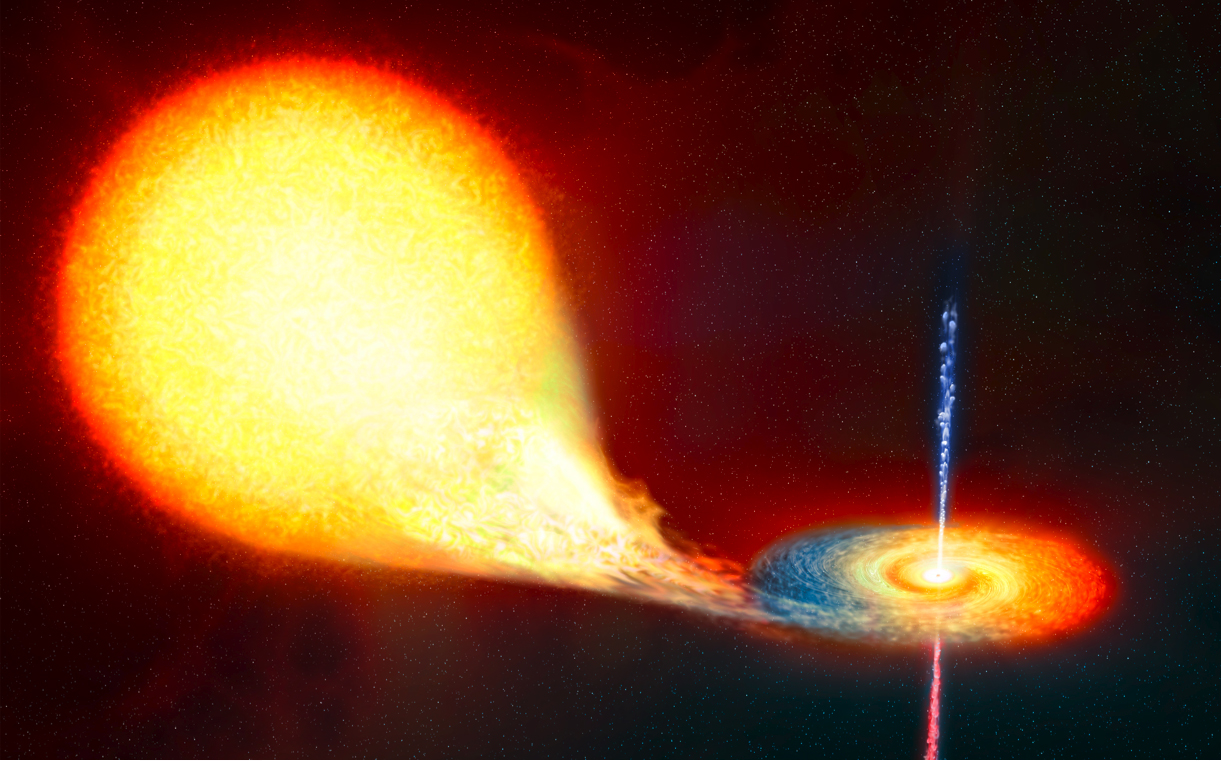Homepage of Laurens Keek
Senior Scientist at cosine Measurement Systems in Warmond, The Netherlands. I perform data analysis as part of the development of Silicon Pore Optics for ESA's next-generation X-ray observatory Athena.
- Official publication of the largest catalog of X-ray burst observations: the Multi-Instrument Burst Archive (MINBAR). One of my contributions was a prototype for the web interface.
- My first paper on the development of Silicon Pore Optics for the Athena mission has been published in the proceedings of the SPIE.
- First science paper with X-ray observations taken with NICER on the International Space Station! We observed how the surroundings of a neutron star light up as they are irradiated by X-rays from a thermonuclear explosion on the star. Our exciting results are featured on AAS Nova.
- If you have an hour, watch my JINA-CEE online seminar, where I discuss our recent work on the long helium burst from IGR J17062-6143.
- New studies on the impact of a day-long X-ray burst on the surroundings of the accreting pulsar IGR J17062-6143. Published as a paper and a letter in the Astrophysical Journal. Also covered on Phys.org and AstroNews.
- Last November I visited the new Space Institute of McGill University in Montreal, Canada, where I presented the Joint Astrophysics Colloquium and a lecture at the Public Astro Night. I was interviewed by Sebastien Guillot for the AstroMcGill Podcast: Listen and learn more about X-ray bursts!
- New press releases by SRON (Dutch) and GaTech (English) for our discovery of the speed record set by thermonuclear X-ray bursts on neutron stars (see also Volkskrant, Phys.org).
- We presented a study in Physical Review Letters on the measurement of a key reaction for X-ray bursts. The measurement was performed by colleagues at the NSCL with the GRETINA experiment.
- We recently published a letter in Nature on a new strong neutrino cooling mechanism in neutron stars and its impact on superbursts and X-ray transients (see also MSU Today, Ars Technica, Scientific Computing, Astronomy Magazine).
Research Interests

A companion star (left) donates material through an accretion disk onto a neutron star (right). Artist impression by ESA.
I work on both observations and models of Type I X-ray bursts. On the observational side, we collaborate with groups around the world to create large catalogs of thousands of observed bursts. This will give us a better understanding of the different types of burning behavior neutron stars exhibit in a wide range of conditions. This helps us to improve our models. We develop computer codes that model the evolution of the neutron star envelope in time. An important part of these codes are the reaction networks that model the nuclear burning reactions. We use the best available reaction rates, through our collaborations within JINA-CEE, the Joint Institute of Nuclear Astrophysics.